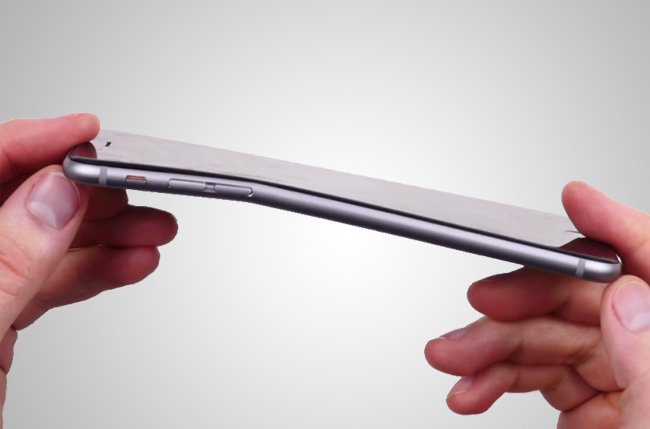
Spotted this week by AppleInsider, the patent describes a device made almost entirely from flexible components, allowing a user to bend it back and forth, and in some cases even fold it completely, forming a smaller unit in the process.
Awarded by the U.S. Patent and Trademark Office, Apple’s latest patent for “flexible electronic devices” says that the technology could be designed in such a way that it’d be able to interpret different kinds of bends, twists and squeezes as commands for performing particular functions with the device.
“For example, twisting a flexible electronic device may change the operating mode of the device, may be interpreted by the device as a command to an electronic gaming system, may turn the device on or off, etc,” Apple explained in its patent document.
The patent, which, incidentally, was submitted by Apple before Bendgate hit the headlines, states: “Flexible electronic devices may be more resistant to damage during impact events such as drops because the flexible device may bend or deform while absorbing the impact.”
AppleInsider points out that while the iPhone maker has in the past been granted patents for various components with flexible or curved characteristics, this one appears to be the first to pull all the various ideas together, a development that suggests the company’s R&D department is looking at the idea of a flexible phone ever more closely.
In the days following last September’s release of the 5.5-inch iPhone 6 Plus, reports started to emerge of the device bending out of shape a bit too easily. Photos of deformed Apple smartphones started appearing online, though with the device being massive and thin, and built with a relatively soft aluminum frame, perhaps it shouldn’t have come as a surprise that it doesn’t take too kindly to being stuffed into a back pocket and sat on.


